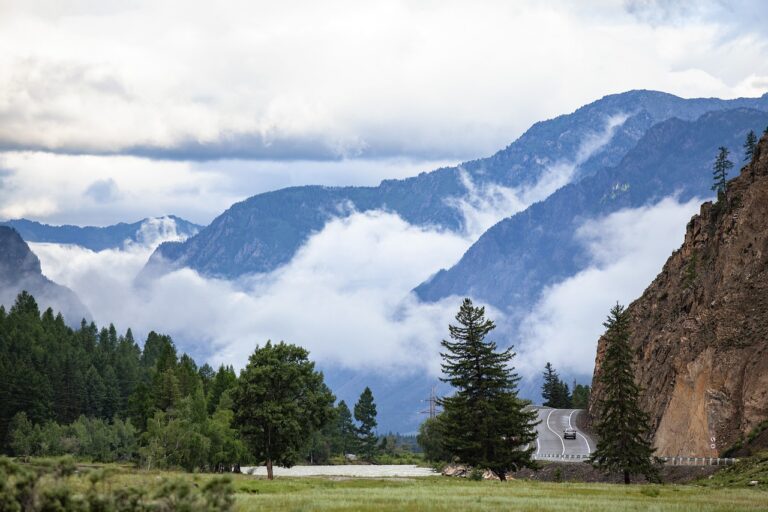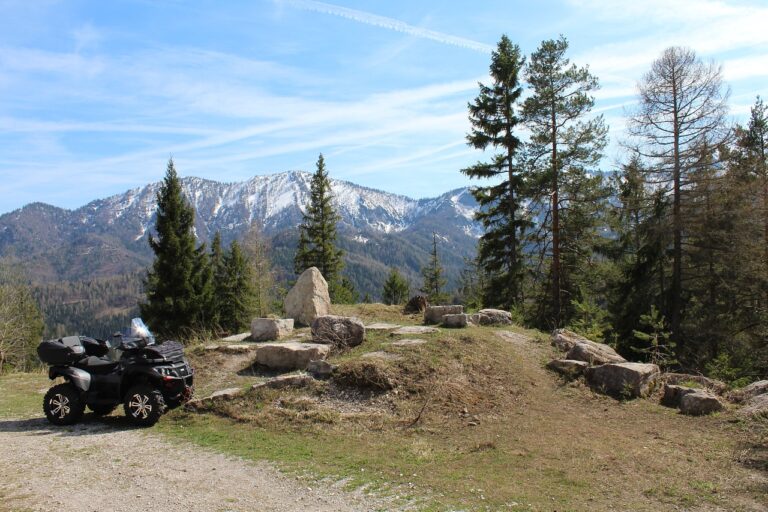Exploring the world’s most iconic natural arches: geological formations shaped by erosion
Natural arches are geological formations that have captivated humankind for centuries. These iconic structures are created through the process of erosion, where forces of nature shape and sculpt rocks into stunning arched formations. Across the globe, there are countless natural arches that stand as testaments to the power and beauty of nature. In this article, we will explore some of the most famous natural arches in the world, delving into their unique characteristics and the geological processes that formed them.
The Great Ocean Road, Australia
Located along the scenic Great Ocean Road in Victoria, Australia, the Twelve Apostles is a collection of limestone stacks that have been carved out by the relentless forces of the Southern Ocean. These towering pillars rise majestically from the sea, creating a dramatic and awe-inspiring sight that attracts visitors from around the world. While only eight of the original twelve apostles remain standing today, they continue to serve as a testament to the power of erosion in shaping our natural landscapes.
Arches National Park, USA
One of the most iconic natural arches in the world is Delicate Arch, located in Arches National Park in Utah, USA. This breathtaking arch stands at 52 feet tall and is a symbol of the park itself. Formed from red sandstone, Delicate Arch has become a symbol of the American Southwest and a popular destination for hikers and photographers alike. The natural beauty of this arch is a testament to the intricate processes of erosion that have shaped the landscape over millions of years.
Utah’s Natural Bridges National Monument, USA
Utah is home to another impressive collection of natural arches at Natural Bridges National Monument. The three natural bridges at this site – Sipapu, Kachina, and Owachomo – are stunning examples of erosion at work. These natural bridges have been formed by the continuous flow of water through the sandstone, carving out intricate arches that span the canyons below. Visitors to Natural Bridges National Monument are treated to a glimpse into the powerful forces of erosion that have shaped the landscape over centuries.
Galapagos Islands, Ecuador
The Galapagos Islands are renowned for their unique wildlife and stunning natural landscapes, including the iconic arch known as Darwin’s Arch. This natural rock formation is located off the coast of Darwin Island and rises dramatically from the sea. Formed from volcanic rock, Darwin’s Arch is a testament to the geological forces at work in this remote and pristine environment. Erosion continues to shape this arch, creating a dynamic and ever-changing landscape that showcases the power of nature in action.
FAQs
What causes natural arches to form?
Natural arches are formed through the process of erosion, where forces such as wind, water, and ice gradually wear away at rock formations over time. As softer rocks are eroded, they leave behind harder rocks that can form arches and other unique geological features.
How long does it take for a natural arch to form?
The formation of a natural arch can take thousands or even millions of years, depending on the specific geological conditions at play. Factors such as the type of rock, the strength of erosive forces, and the climate can all influence the rate at which a natural arch forms.
Are natural arches fragile structures?
While natural arches may appear fragile due to their intricate shapes, many of these structures are surprisingly durable. The rock formations that make up natural arches can be incredibly strong and resilient, able to withstand the forces of nature for centuries or even millennia.
Conclusion
Natural arches are exceptional geological formations that showcase the power and beauty of erosion on our planet. From the towering limestone stacks of the Twelve Apostles in Australia to the delicate sandstone arches of Arches National Park in the USA, these iconic structures are a testament to the intricate processes that have shaped our landscapes over millions of years. As we continue to explore and appreciate the world’s most famous natural arches, we gain a deeper understanding of the forces of nature that have sculpted our planet into the diverse and breathtaking place it is today.







